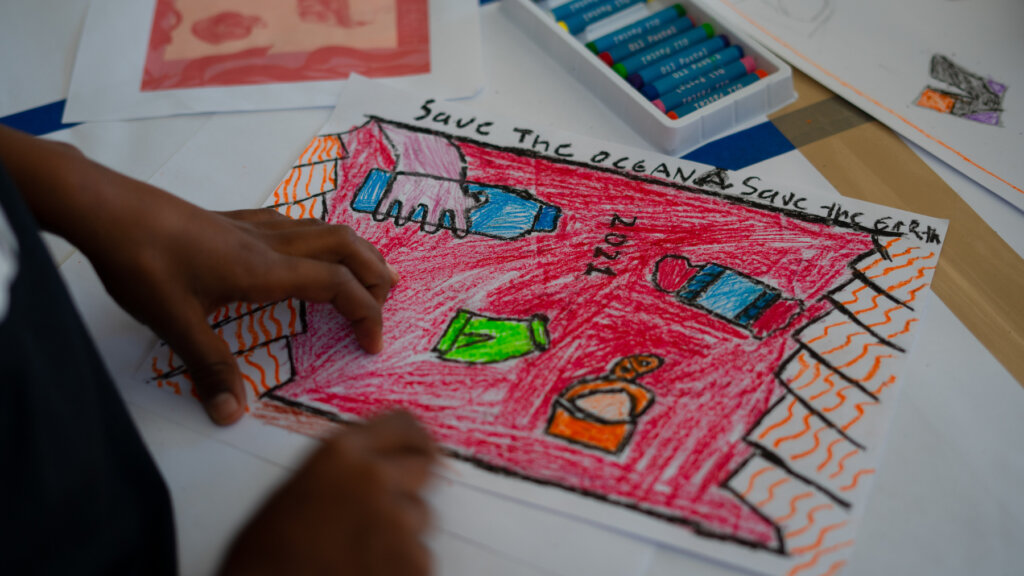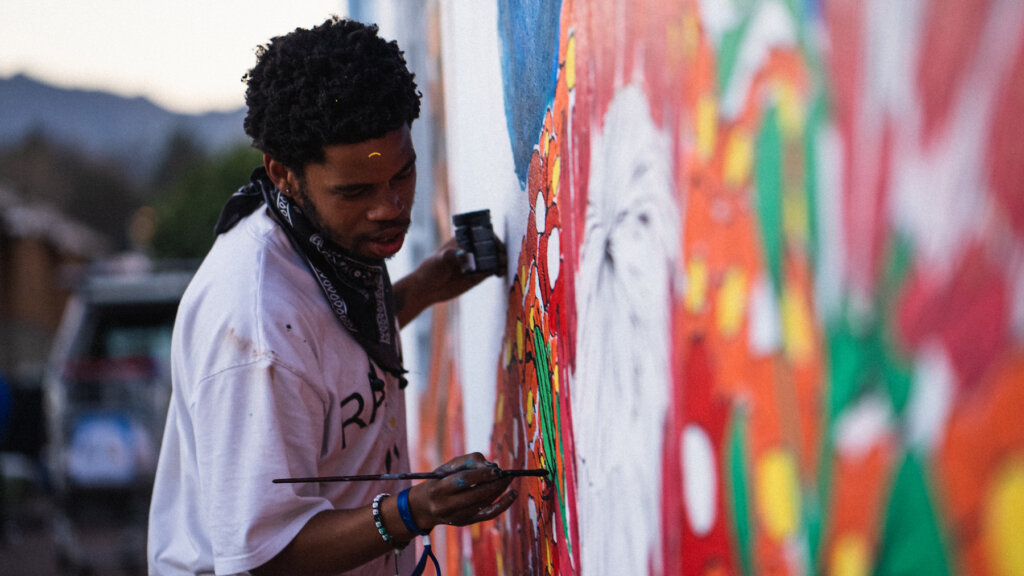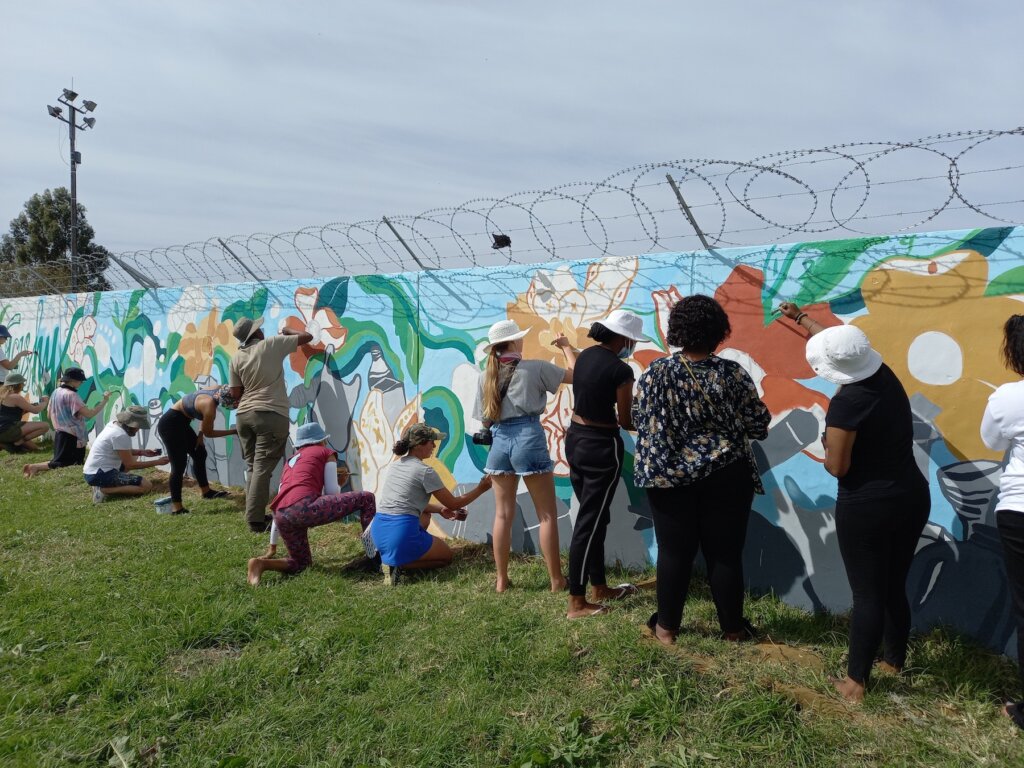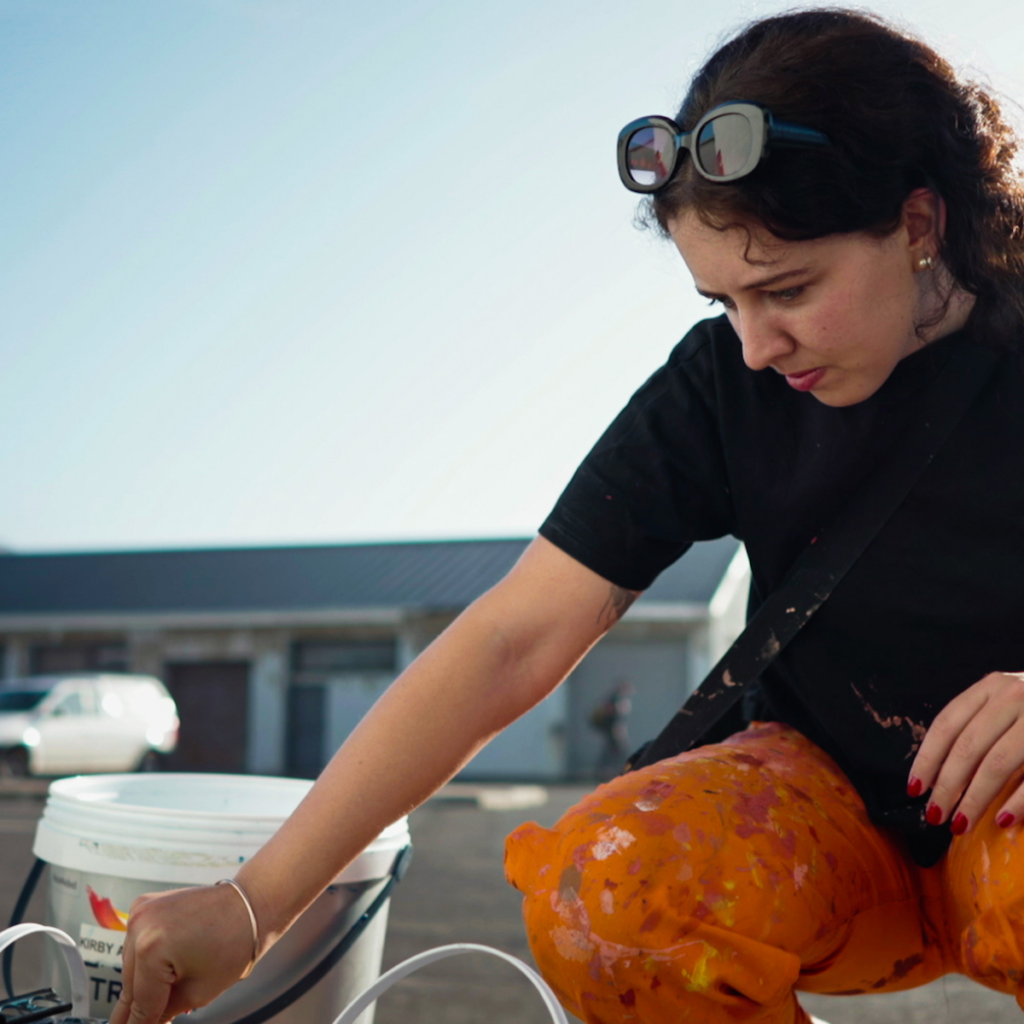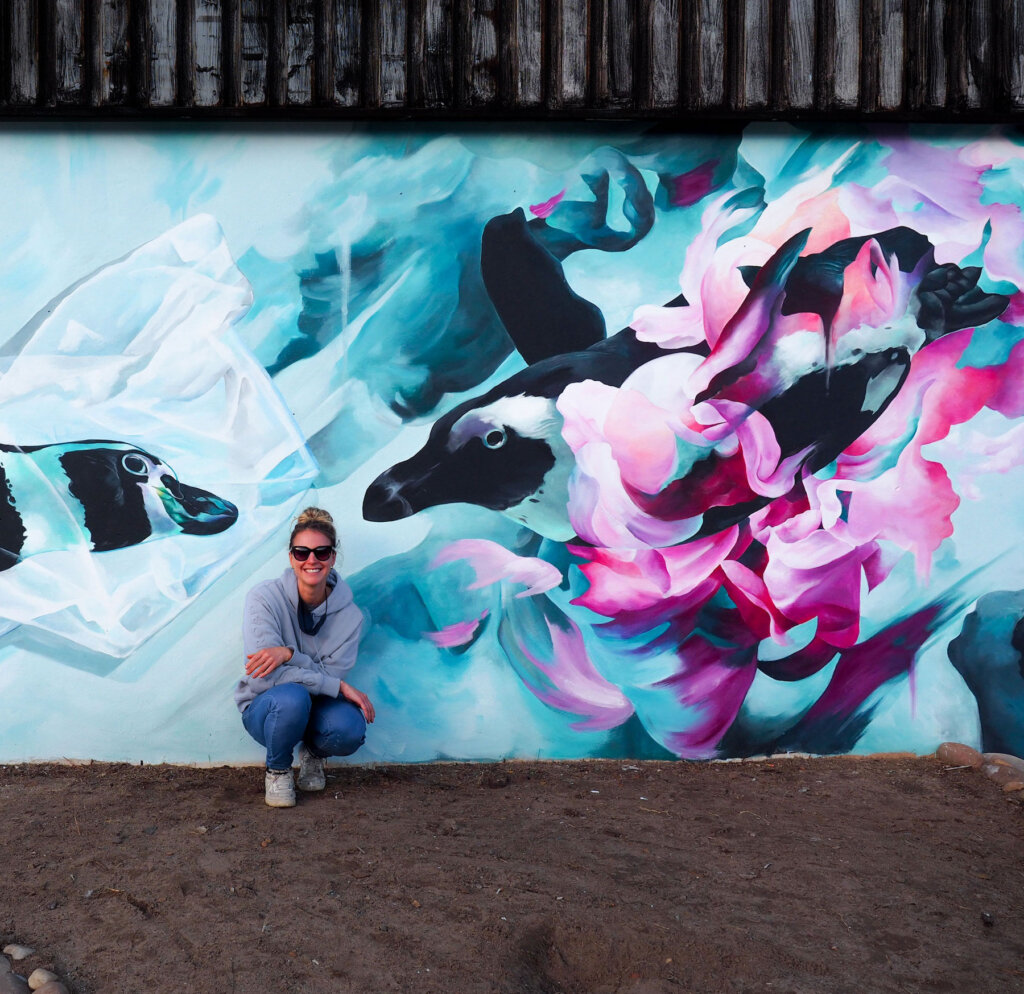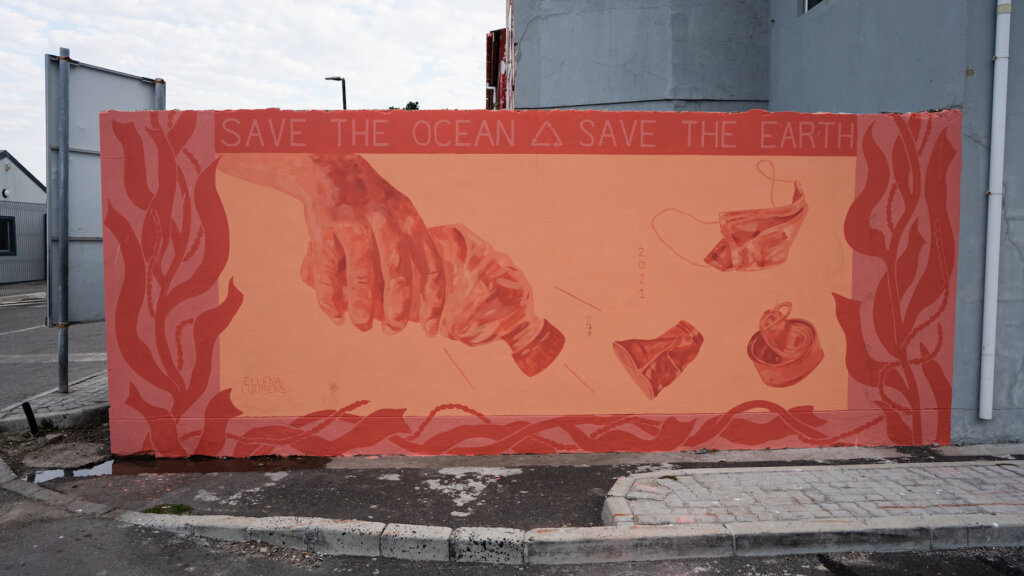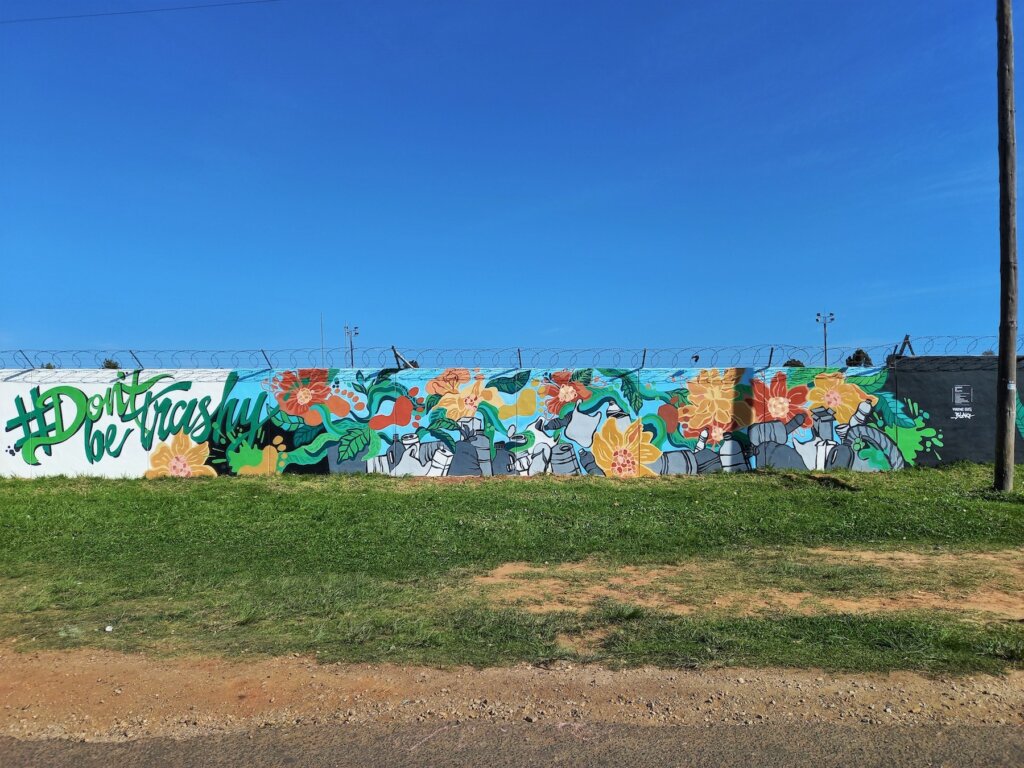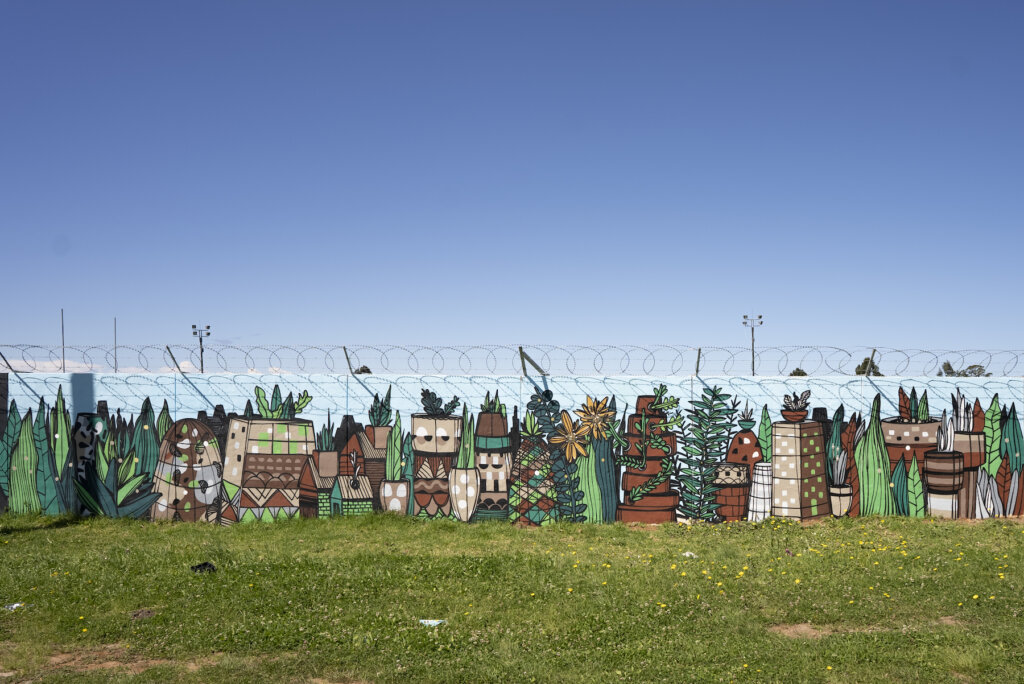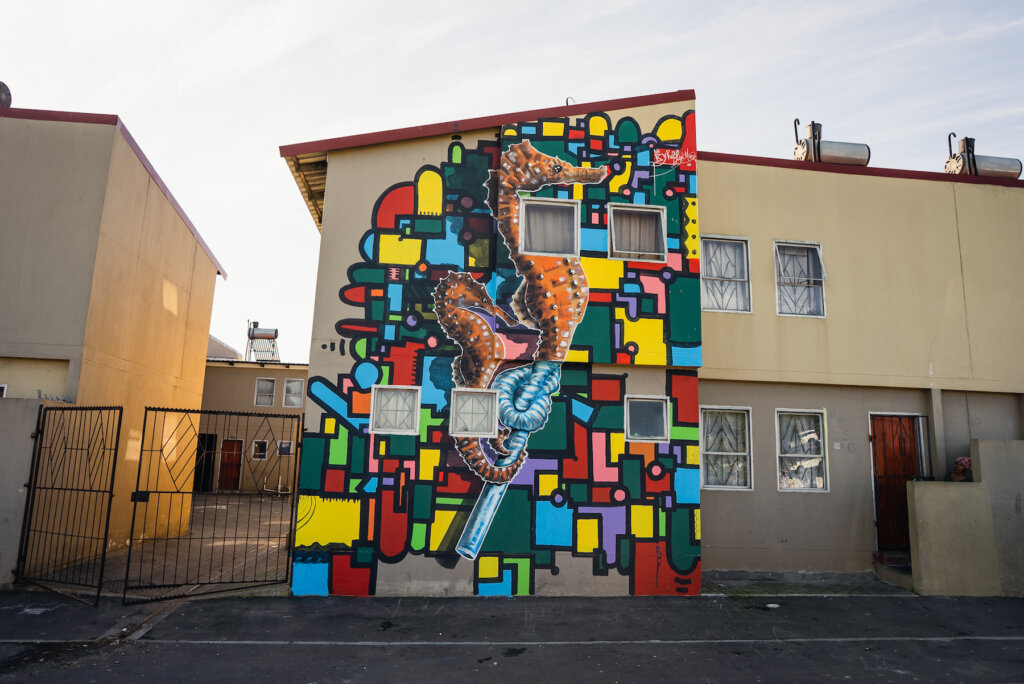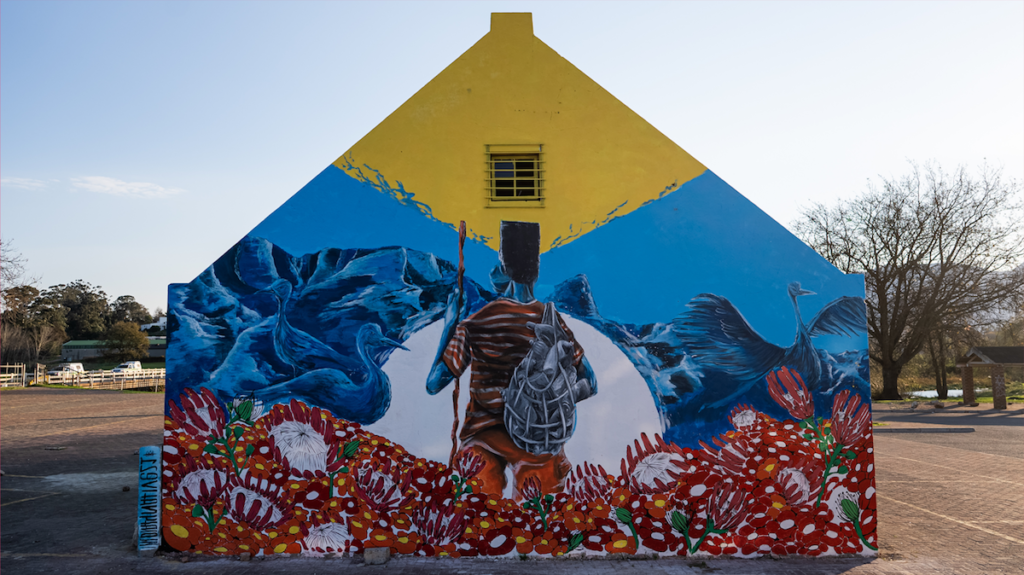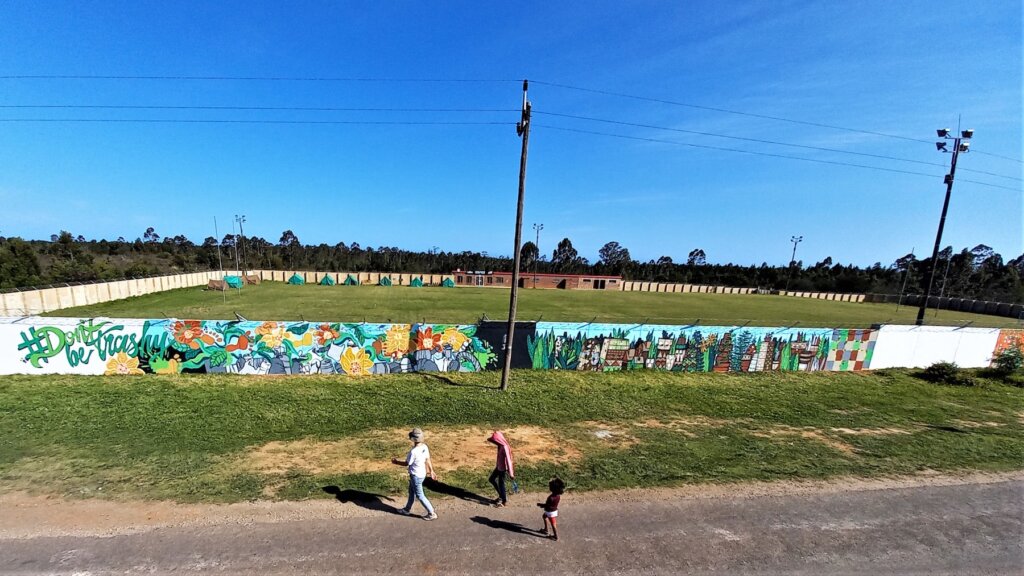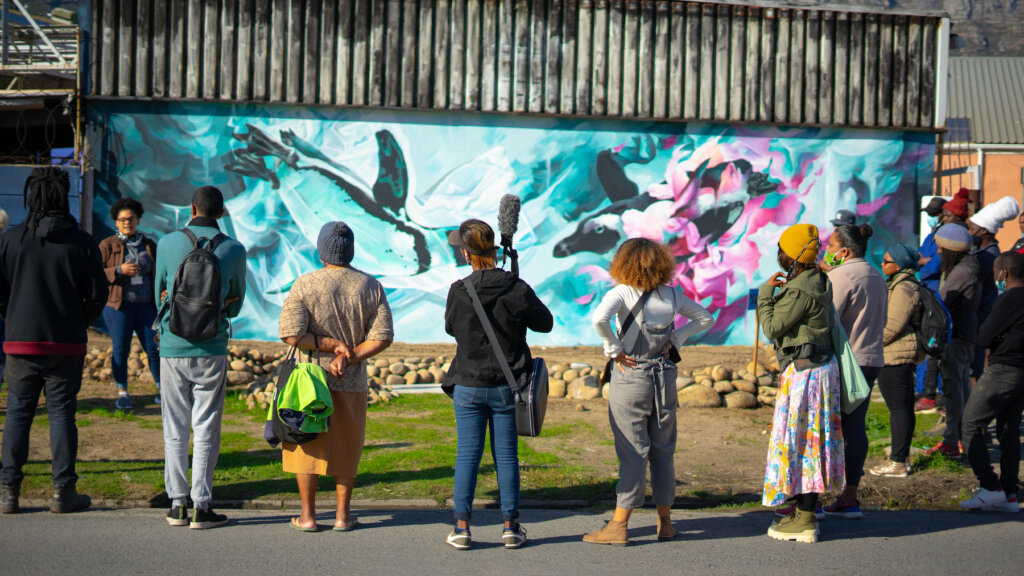What will the world look like in 2121? The Museum of Plastic provides a hopeful peek into what life could look like if we curb climate change now. It reflects humanity’s history and future with plastic and is part of the United Nations Climate Change Conference of the Parties (COP26), which is underway in Glasgow, UK. The South African component is co-created by Baz-Art, an NPO specialising in creating public engagement through urban art, with eco-activist organisation Greenpop.
Delivering a nuanced take that’s sensitive and insightful, the virtual museum is set in the future, looking back on a version of the present where we decide to ban single-use plastics and manage to curb climate destruction. Visitors can uncover the story of plastic – its history, science, industry, and impact on our environment. They will learn the importance of establishing a circular economy and finding out how activism and individual action will lead to positive change in the future.
“Throughout history, art has been a powerful medium to communicate a message and change the world. We’re hoping that this experience engages a global audience and shows people that we can change our future if we act now. This is not your average museum. It comprises ground-breaking creative commissions that bring together art, science and digital technology to create an unforgettable immersive experience.” Alexandre Tilmans Baz-Art co-founder
The initiative is a joint venture by Cooperative Innovations (UK), Greenpop and Baz-Art. Commissioned by the British Council, it showcases the work of six South African mural artists: Cheeky Observer, Ellena Lourens, Dirty Native, Silas Ras Moetse, Wayne BKS, and Mernette Swartz.
Ellena Lourens
“Combining pixels and paint, the physical with the virtual has produced amazing results – when we demonstrated the project to the public for the first time the one thing everyone mentioned was how much they loved the ability to move around the 3D paintings.” Emma Cooper, Project Lead at Cooperative Innovations
Each artist has painted a real-world plastic-pollution-themed mural, which has been digitally inserted into the Museum of Plastic on the Curatours platform. Over the past few months, Baz-Art has been training the artists to sculpt and paint for Virtual Reality (VR), and their VR creations are featured online, alongside their murals.
Ellena Lourens
“With our shared future in the balance, we can’t think of any issue more pressing than climate change. Importantly, this museum takes a positive stance. It’s not too late for us to change our story. The exhibition creates a 360-degree experience that paints a real picture of what’s possible.” Alexandre Tilmans Baz-Art co-founder
Right now, plastic pollution threatens biodiversity and marine life, food safety, human health and coastal tourism. By 2050, the World Economic Forum believes our oceans will contain more plastic than fish. South Africa is one of the world’s worst offenders when releasing plastic waste into the sea. It’s also the 14th largest emitter of CO2 globally. There’s a tremendous job to be done to turn the situation around. And it starts with awareness.
“Our relationship to plastic here in SA is mostly quite unhealthy. This goes across the board, from policy to producers, retailers and consumers. There is a need for a significant cultural shift within every sector. One of the glaring challenges is that the external costs of the problem are also most evident in low-income communities, choking up gutters and drains, and adding to the existing detritus in areas where there is already a lack of local pride. Plastics travel by the wind and tributaries and almost inevitably land up in our major river systems and oceans. From what I have seen, there is sufficient motivation in the various sectors to move the needle and come up with innovative ways to create circular economies, find alternatives to single-use plastics and build policies that change unhealthy behaviour.” Misha Teasdale from Greenpop elaborates on the current state of plastic pollution in South Africa.
The Museum platform, Curatours, will be accessible through smart devices (Cellphones, laptops and tablets) and VR headsets, ensuring that groups of active international citizens and virtual experience seekers can easily have social, learning-based experiences around the exhibition.
“Our hope is that this museum fuels healthy debate. It’s intended to bridge the gap between local individuals and communities of action to create a culture of activism, optimism and understanding. Importantly, it brings home what each of us can do. Sometimes, these issues feel too big to tackle and the situation starts to feel hopeless. This museum aims to do the opposite. To give us each the power to be the change we need to see.” Alexandre Tilmans Baz-Art co-founder
The museum includes six wings, each with a different environmental theme that fits the 1800s to 2121. The first museum wing is set to launch on 8 November, with the additional wings launching each week after that.
“My hope is to see The Museum of Plastic grow and develop into a global museum, creating more rooms for other countries and artists to join the conversation and grow awareness of the impacts of climate change, as well as the climate-positive actions we can all take to make a meaningful difference.” Alexandre Tilmans Baz-Art co-founder
You can visit The Museum of Plastic 2121 through the Curatours app which is available for Oculus Quest VR headsets and Windows PCs. For download links, please visit here
